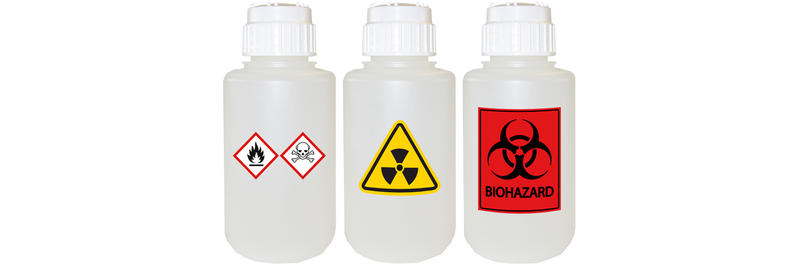The Basic Principles Of Reclaim Waste
Table of ContentsThe Best Strategy To Use For Reclaim WasteAbout Reclaim WasteReclaim Waste Things To Know Before You Get ThisRumored Buzz on Reclaim Waste3 Simple Techniques For Reclaim Waste
Check out the kinds, incidents, and types of fluid waste. Domestic sewer waste describes the waste and items from a residential septic system. This kind of waste is produced by humans in homes, colleges, and other buildings. This only consists of septic systems that have a drain area. The proper management and disposal of residential sewage waste need liquid waste to be moved to a sewage therapy plant where the appropriate methods and tools are related to detoxify and throw away waste.
Business waste often includes potential dangers, such as flammable products or a mixture of fluid and solid waste items, and needs an advanced and thorough disposal procedure. The disposal of commercial waste commonly includes the filtration of waste before transportation to make sure risk-free and proper disposal. Industrial waste is developed from byproducts and drainage of commercial procedures and production.
This kind of waste can not make use of the exact same sewage administration transportation or procedures as septic or business fluids. The commercial waste monitoring procedure needs the examination and screening of fluid waste before it undergoes the disposal process (liquid waste disposal). Runoff waste is the liquid waste that comes from overflow and excess stormwater in very populated areas or cities
Overflow waste can trigger contamination and flooding if not taken care of correctly. Making sure correct waste monitoring can stop disasters and minimize ecological damage.
A Biased View of Reclaim Waste
Contact PROS Providers today to learn more about our waste monitoring and disposal services and the correct methods to look after the liquid waste you generate.
(https://www.slideshare.net/leonaube33101)Do you recognize what takes place to your water when you pull the plug, flush the commode or drain the cleaning device? No? Well, it deserves understanding. This so-called 'wastewater' is not only a vital source but, after treatment, will be launched to our land, waterways or the ocean. Made use of water from toilets, showers, bathrooms, cooking area sinks, laundries and industrial processes is recognized as wastewater.

water made use of to cool down machinery or tidy plant and devices). Stormwater, a kind of wastewater, is drainage that moves from farming and city areas such as roofings, parks, yards, roadways, courses and gutters into stormwater drains, after rainfall. Stormwater moves untreated directly to local creeks or rivers, eventually reaching the sea.
The smart Trick of Reclaim Waste That Nobody is Discussing
In Queensland, the majority of wastewater is dealt with at sewage therapy plants. Wastewater is delivered from residential or commercial sites through a system of sewage systems and pump stations, understood as sewerage reticulation, to a sewage therapy plant.
The Division of Natural Resources encourages city governments about handling, operating and maintaining sewage systems and therapy plants. In unsewered areas, city read review governments may call for owners to mount individual or household sewer treatment systems to treat residential wastewater from bathrooms, cooking areas, bathrooms and washings. The Department of Natural Resources authorizes the usage of family systems when they are verified to be reliable.
In some brand-new communities, treatment of some stormwater to remove litter, sand and gravel has actually begun making use of gross contaminant traps. Wastewater treatment occurs in four stages: Eliminates strong matter.
Utilizes little living microorganisms recognizes as micro-organisms to damage down and eliminate continuing to be dissolved wastes and fine fragments. Micro-organisms and wastes are incorporated in the sludge.
A Biased View of Reclaim Waste
Nutrient elimination is not readily available in all sewer treatment plants due to the fact that it requires pricey specialised equipment. It is coming to be much more typical in Queensland. Clear liquid effluent generated after therapy may still consist of disease-causing micro-organisms. If this effluent is released right into rivers such as rivers or the sea, the micro-organisms will eventually die out.

This generally suggests wastewater needs to be treated or impurities gotten rid of prior to it can be released to rivers. Most wastewater moves into the sewerage system. Under the Act, regional federal governments carry out authorizations and permits for eco pertinent activities (Ages) including wastewater releases that may have a regional influence. The department carries out approvals and licences to ERAs entailing wastewater releases that might have a local or statewide impact.
Reclaim Waste Things To Know Before You Get This
Surveillance gives factual information concerning water top quality and can confirm that permit problems are being fulfilled. The info acquired via tracking offers the basis for making water high quality decisions.